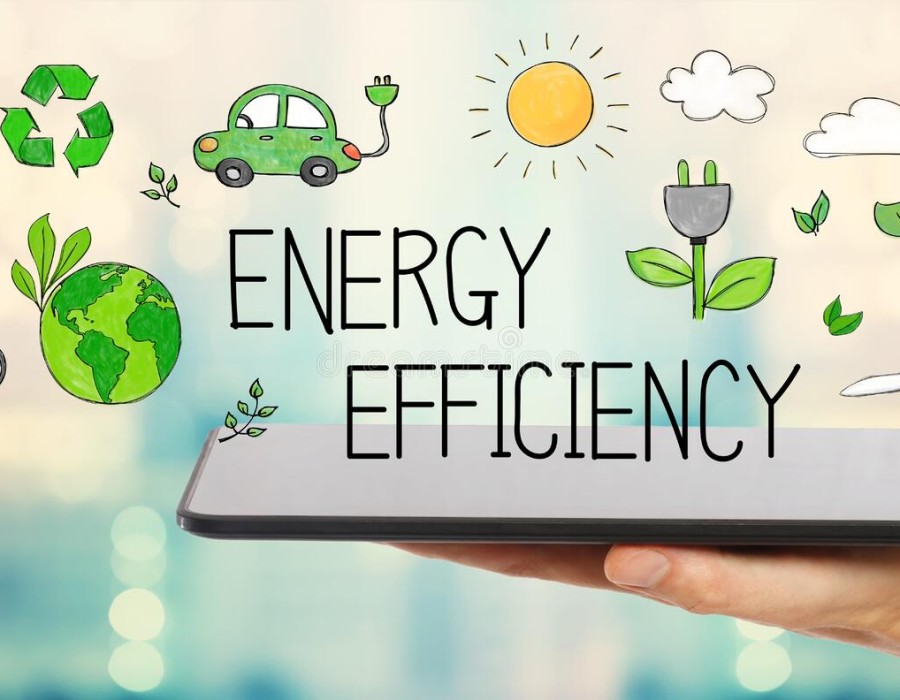In today's rapidly changing technological landscape, improving energy efficiency in electrical design is critical. Whether you work as an electrical design engineer or for an engineering and consulting firm, incorporating energy-efficient practices not only saves money but also helps the environment. Here are some strategies for increasing energy efficiency in electrical design:
Efficient Component Selection
When starting an electrical design project, carefully select components with high energy efficiency ratings. Choose LEDs over incandescent bulbs, energy-efficient motors, and power supplies with high conversion efficiencies. Choosing components with lower power losses can significantly increase overall system efficiency.
Minimize Power Losses
Identify areas in your electrical design where power losses occur and take steps to reduce them. This can include reducing resistive losses in conductors by using thicker wires or adjusting voltage levels to match the load's requirements. Furthermore, using power factor correction techniques can reduce reactive power losses in systems, thereby improving overall efficiency.
Smart System Integration
Integrate smart technologies and automation into your electrical design to save energy. Use sensors and control systems to adjust lighting, heating, ventilation, and air conditioning (HVAC) settings in response to occupancy and environmental conditions. Integration with building management systems enables real-time monitoring and control, ensuring that energy is only used when needed.
Renewable Energy Integration
Consider incorporating renewable energy sources like solar, wind, and hydroelectric power into your electrical design. Hybrid systems that combine conventional and renewable energy sources can provide consistent power while reducing reliance on fossil fuels. Implementing energy storage solutions like batteries can improve the efficiency and resilience of renewable energy systems.
Lifecycle Analysis
Conduct a lifecycle analysis on your electrical design to determine its long-term energy efficiency and environmental impact. Consider the manufacturing, installation, operation, and disposal of components. Designing more sustainable and energy-efficient systems involves identifying opportunities for improvement throughout the lifecycle.
Continuous Monitoring and Optimization
Install a monitoring system to track energy consumption and performance metrics for your electrical design in real time. Analyze data trends to identify areas for optimization and take appropriate corrective actions. Regular maintenance and periodic audits ensure that energy efficiency is maintained over time and that any deviations are addressed immediately.





Comments